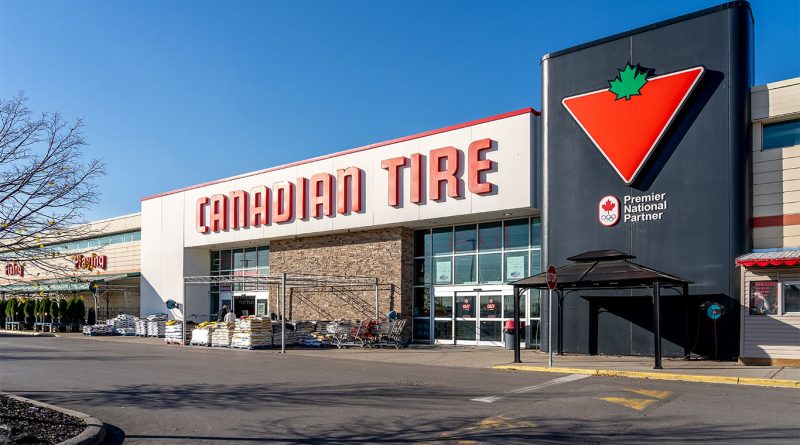Canadian Tire Corporation’s Strategic Leap with Microsoft Azure
The Canadian retail landscape is on the brink of a transformative change, courtesy of a landmark partnership between two industry giants: Canadian Tire Corporation (CTC) and Microsoft. This collaboration is poised to not only redefine the retail experience for Canadian consumers but also to set a new benchmark for retail innovation globally. Canadian Tire Corporation, a revered name in Canada’s retail and financial services sectors, has joined forces with Microsoft, a global leader in technology, to harness the power of Microsoft Azure. This strategic move is designed to accelerate innovation within Canada’s retail industry, marking a significant leap in the country’s technological advancement and adoption of novel solutions.
The Partnership’s Core Focus
Over the next seven years, the partnership between CTC and Microsoft will focus on a comprehensive overhaul of CTC’s IT infrastructure. The migration to Microsoft Azure is at the heart of this initiative, aiming to modernize systems and increase the efficiency of business operations. This transition is not merely a technological upgrade; it’s a strategic move to revolutionize how retail functions. The collaboration extends into the realms of artificial intelligence and machine learning, exploring new horizons in enhancing the customer experience and optimizing operations for Canadian retailers. This partnership is an embodiment of forward-thinking and innovation, setting new standards for what can be achieved through technological synergy.
Impact on Retail Innovation in Canada
This strategic alliance is expected to bring a wave of innovation across Canada’s retail sector. By leveraging Microsoft Azure, Canadian Tire Corporation will enhance its customers’ omnichannel journey and brand experiences, reshaping the retail landscape. This partnership is more than a technological upgrade—it’s a commitment to pushing the boundaries of what’s possible in retail. It’s about creating experiences that resonate with customers, making shopping not just a transaction but an interaction. The technological prowess of Microsoft, combined with the retail expertise of CTC, is set to create a new narrative in retail, where technology and customer experience converge in harmony.
Benefits to Canadian Tire Corporation
For CTC, this partnership is a strategic move to catapult its business into a new era of digital excellence. The migration to Microsoft Azure signifies more than just an improvement in IT infrastructure; it represents a fundamental shift in how CTC operates, interacts with customers, and innovates. The partnership will enable CTC to rapidly expedite its digital transformation, ensuring greater stability, scalability, and adaptability. Moreover, it will empower CTC employees with new skills and knowledge, cultivating a workforce that’s equipped to navigate and excel in the digital landscape.
Future of Retail in Canada
The partnership between Canadian Tire Corporation and Microsoft is not just a landmark event for the two companies; it’s a beacon of innovation for the entire Canadian retail industry. This collaboration could potentially reshape how retail is perceived and practiced in Canada, setting a new standard for customer engagement, operational efficiency, and technological integration. It’s a glimpse into the future of retail—a future where technology is not just a tool but an integral part of the retail experience, driving innovation, efficiency, and customer satisfaction.
